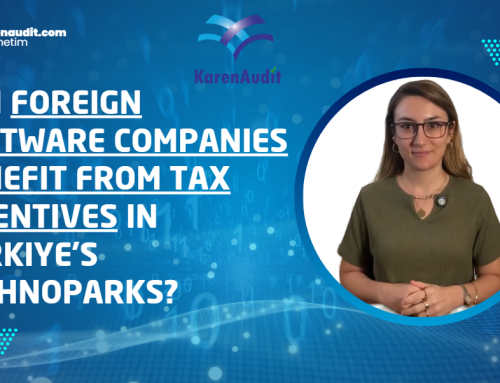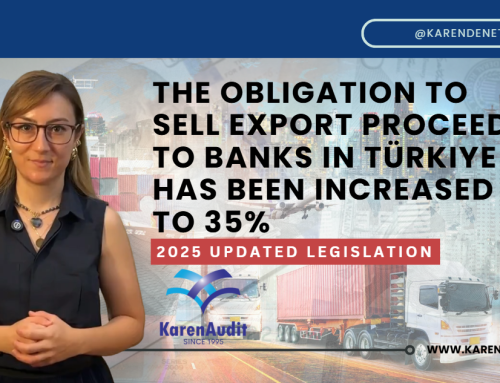December 15, 2022
According to Tax Foundation, Estonia’s top score in 2022 is driven mainly by four positive features of its tax code:
- It has no corporate income tax on reinvested and retained profits (and a 14-20 per cent corporate income tax rate on distributed profits). This means that Estonia’s corporate income tax system allows companies to reinvest their profits tax-free.
- It has a flat 20 per cent tax on individual income. The tax is not applied in the case of distributed dividends that have already been taxed with a corporate income tax (see above).
- Its property tax applies only to the value of land, rather than to the value of real property or capital.
- It has a territorial tax system that exempts 100 per cent of foreign profits earned by domestic corporations from domestic taxation, with few restrictions.
A simple tax system means less hassle
A clear advantage of Estonia’s tax system is that companies spend less time on tax compliance than they would in any other country in the OECD. For example, in an average OECD country, 42 hours per year are used by companies to comply with just corporate income taxes. In Estonia, the figure is five hours. The report also stresses that other taxes, such as the value added tax (VAT), also have a low compliance burden.
Estonia is also among the few countries in the OECD that do not have any property transfer taxes, meaning taxes on the transfer of real property (real estate, land improvements, machinery) from one person or firm to another.
Low marginal tax rates create a competitive tax code
According to Tax Foundation, the structure of a country’s tax code is an important determinant of its economic performance. A well-structured tax code is easy for taxpayers to comply with and can promote economic development while raising sufficient revenue for a government’s priorities. A competitive tax code is one that keeps marginal tax rates low.
A study by the World Bank found that countries with simpler, more efficient tax systems had higher rates of economic growth than those with more complicated tax systems. The study also found that businesses in countries with simpler tax systems were more likely to invest and create jobs than businesses in countries with more complicated tax systems.
Last year, Estonia’s gross domestic product (GDP) grew 8.3%, beating the average European Union GDP growth rate of 5.38%. This year, tax efficiency will help the country to battle rising energy prices and inflation in Europe.
In today’s globalized world, businesses can choose to invest in any number of countries throughout the world to find the highest rate of return. This means that businesses will look for countries with lower tax rates on investment to maximize their after-tax rate of return.
If a country’s tax rate is too high, it will drive investment elsewhere, leading to slower economic growth. In addition, high marginal tax rates can lead to tax avoidance. According to research from the OECD, corporate taxes are most harmful to economic growth.
Source: Investinestonia.com
Legal Notice: The information in this article is intended for information purposes only. It is not intended for professional information purposes specific to a person or an institution. Every institution has different requirements because of its own circumstances even though they bear a resemblance to each other. Consequently, it is your interest to consult on an expert before taking a decision based on information stated in this article and putting into practice. Neither Karen Audit nor related person or institutions are not responsible for any damages or losses that might occur in consequence of the use of the information in this article by private or formal, real or legal person and institutions.






